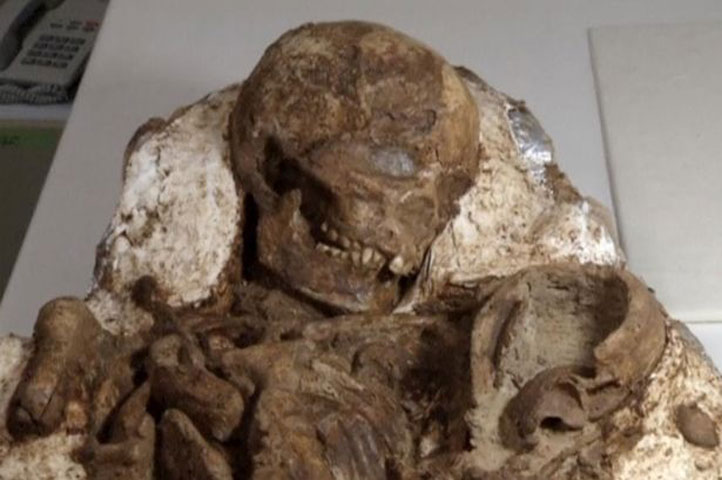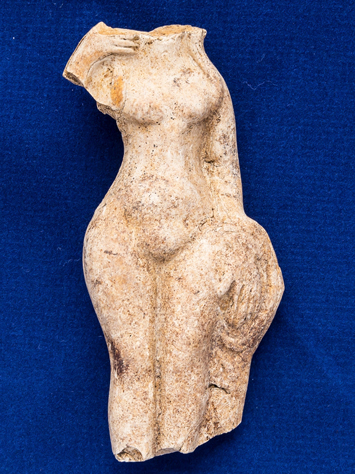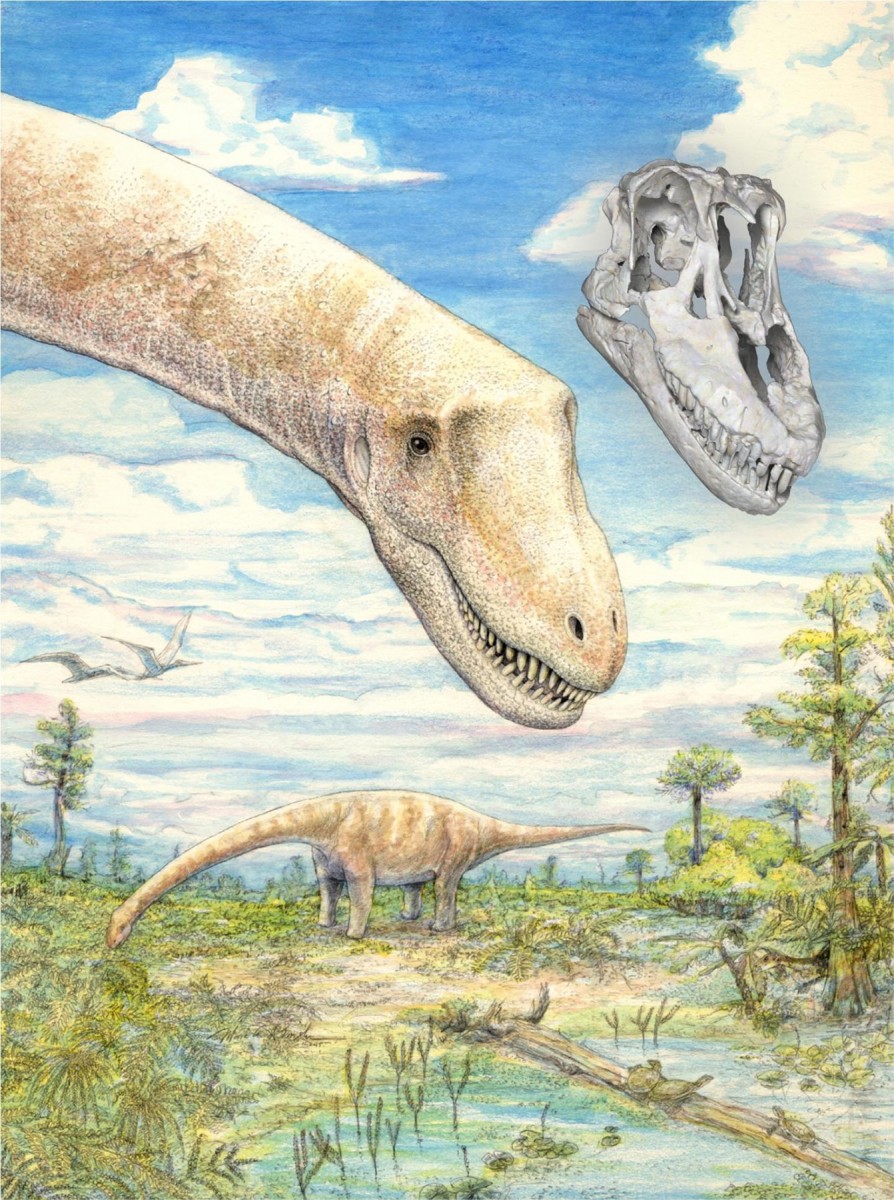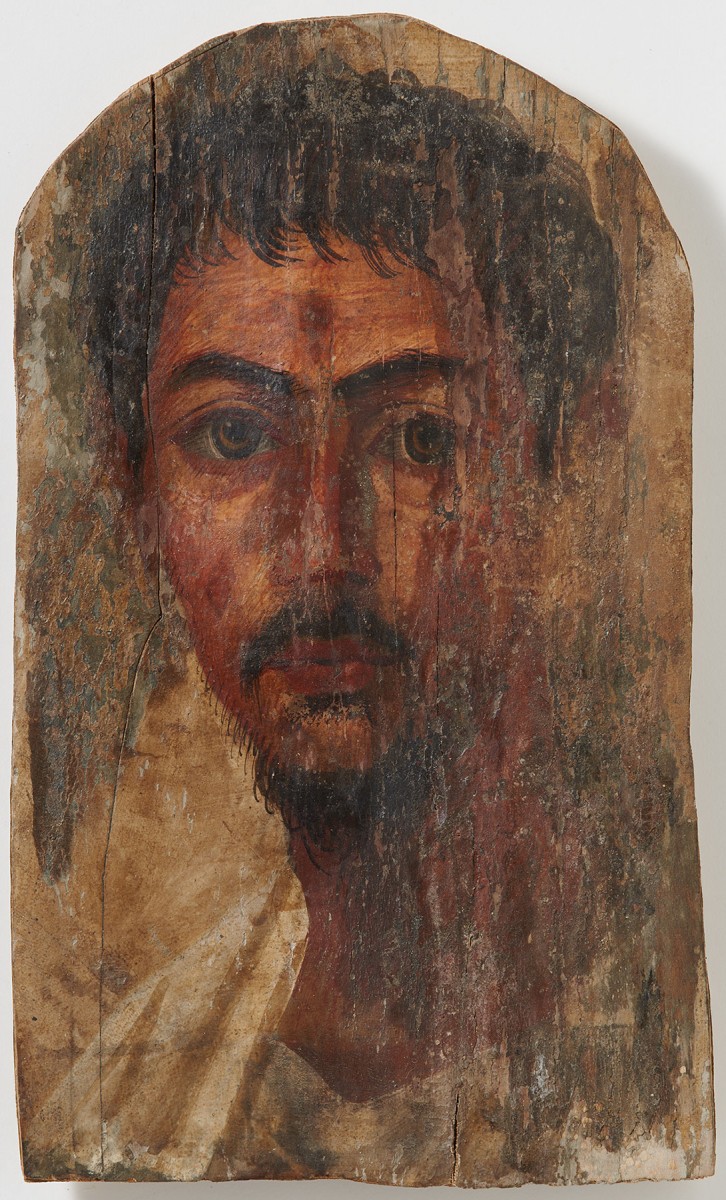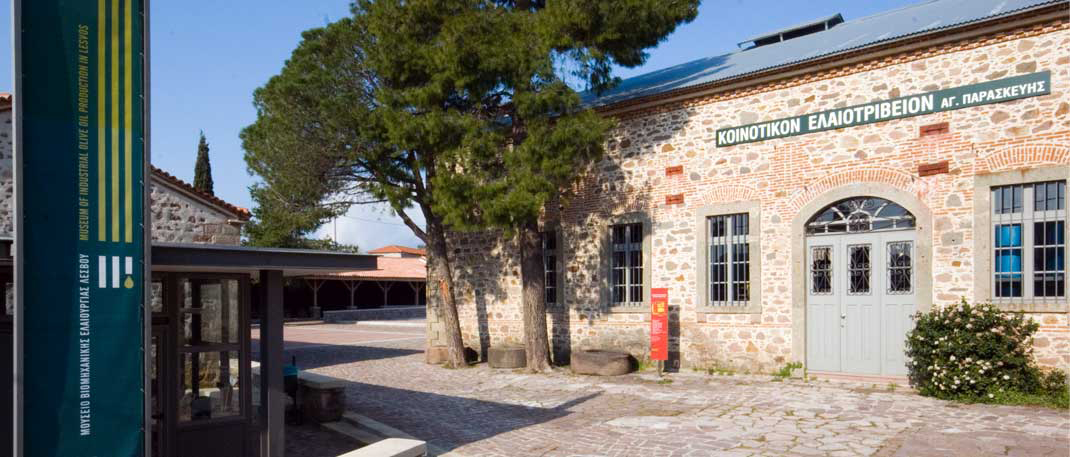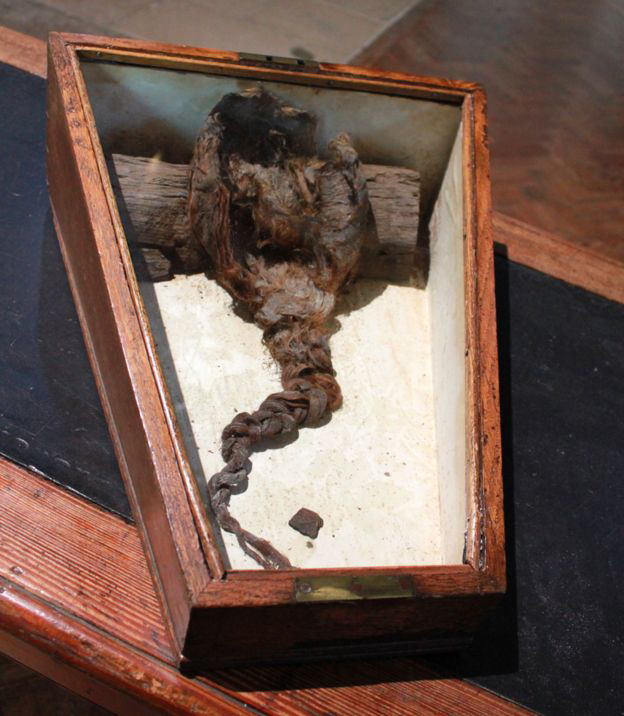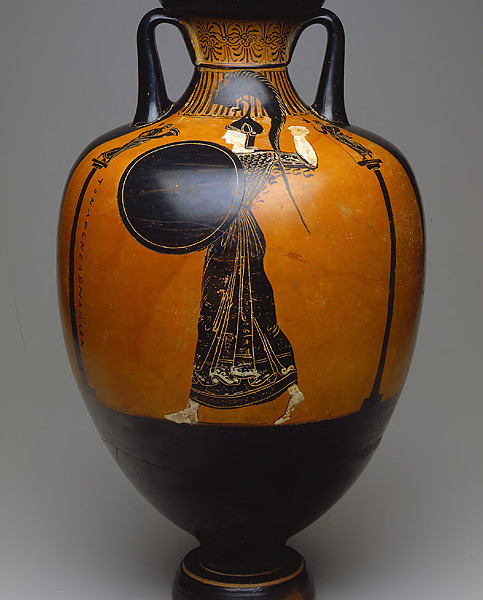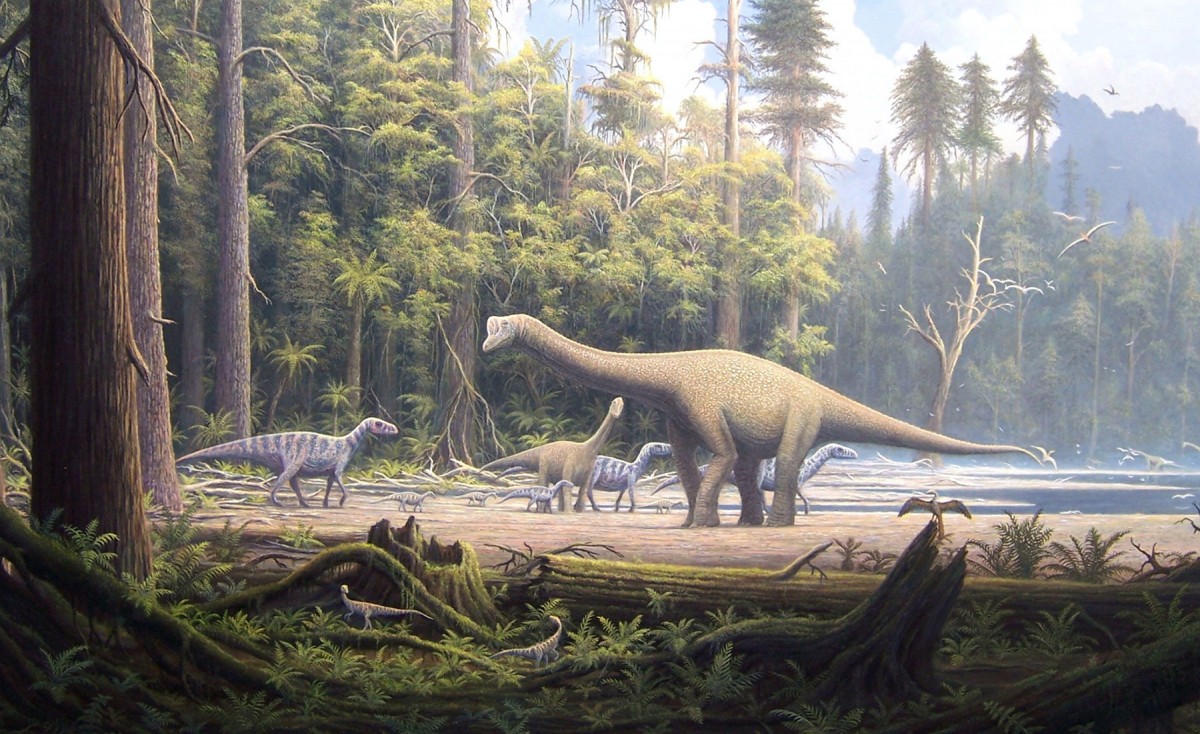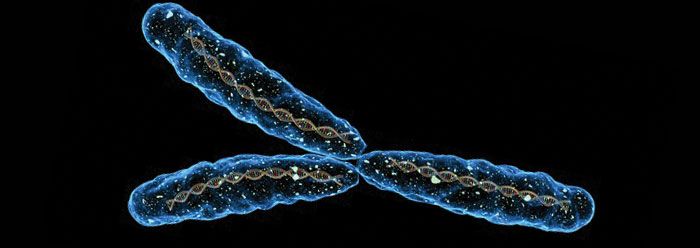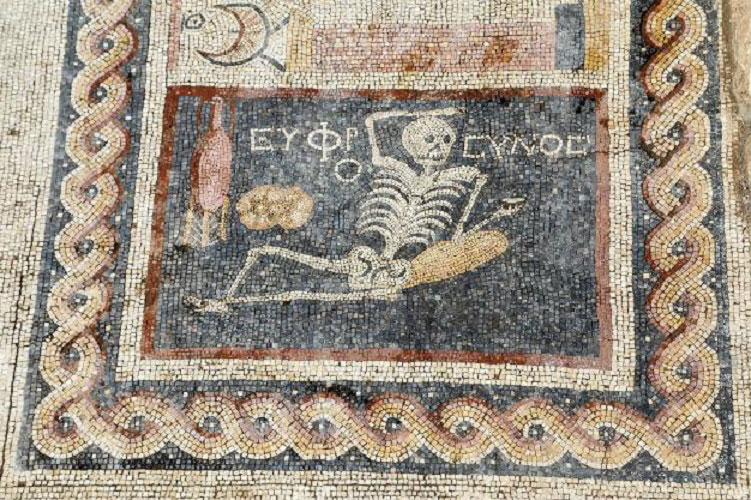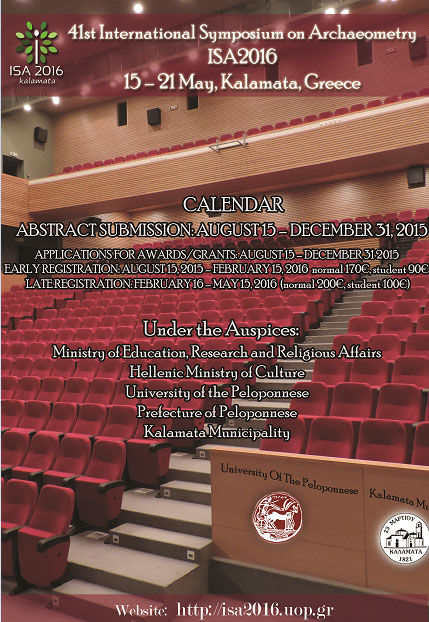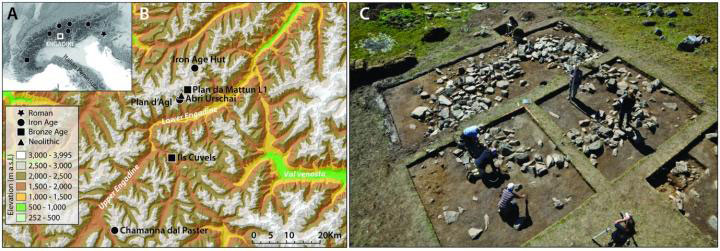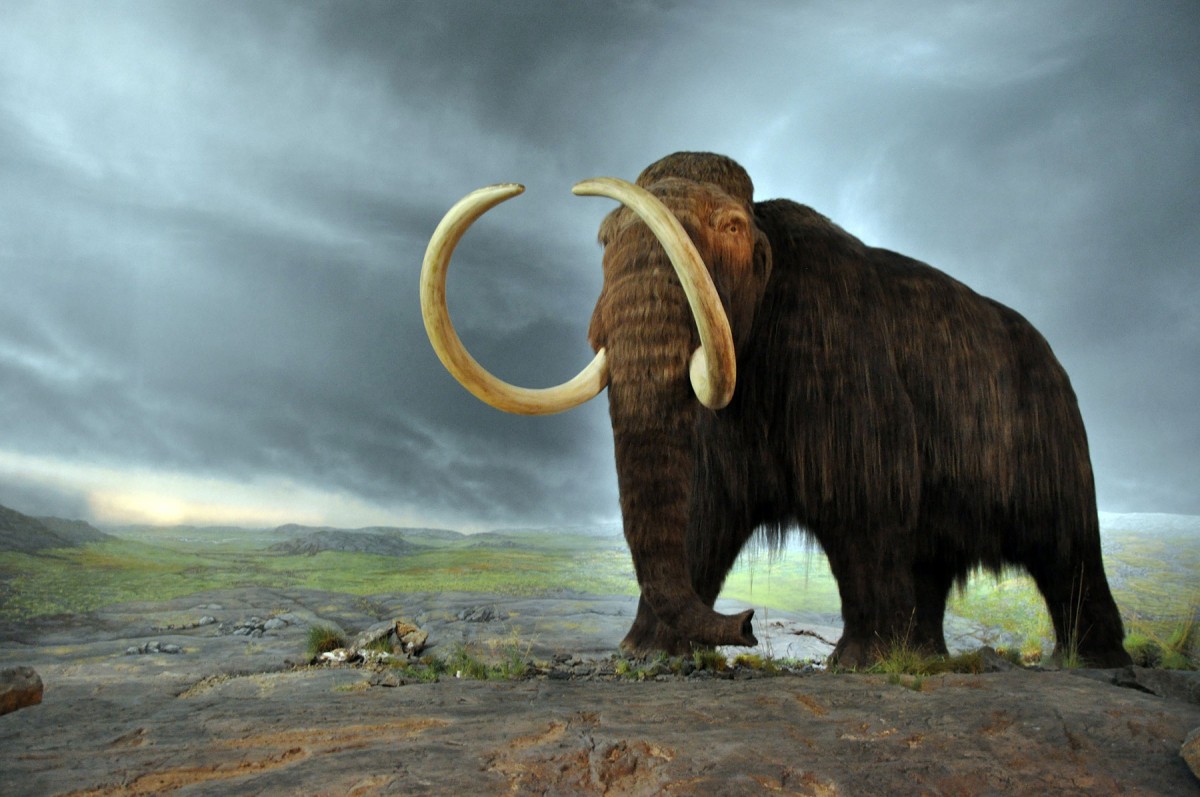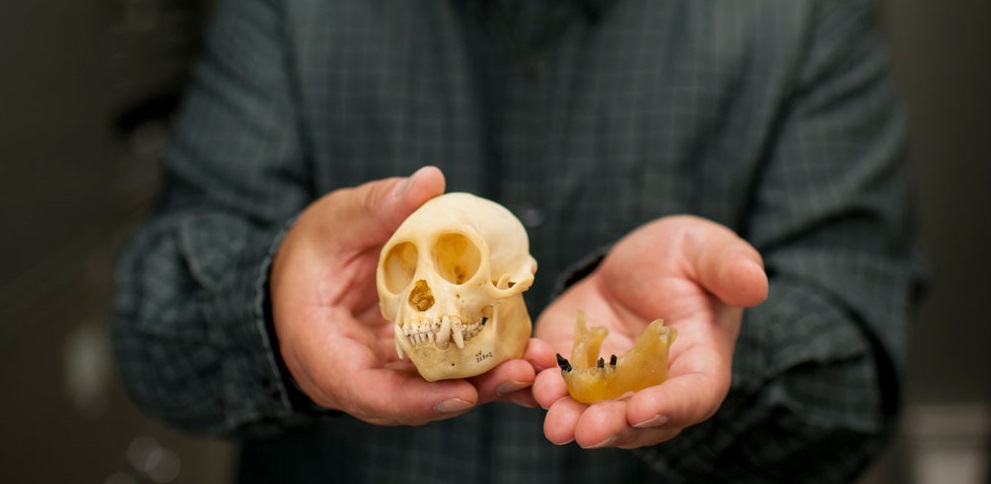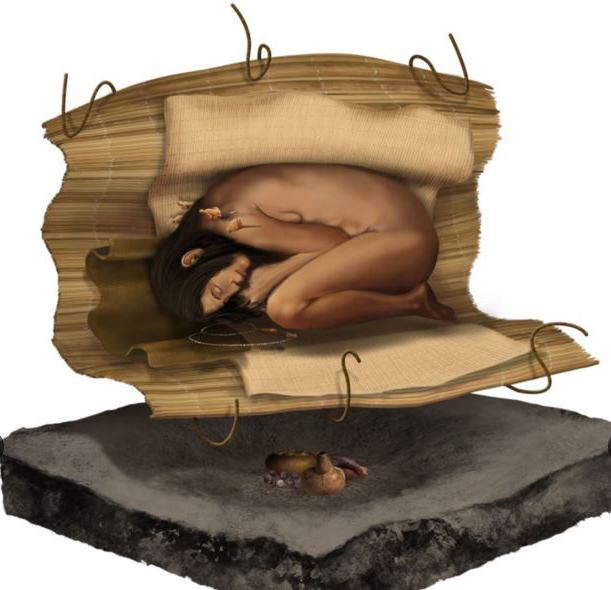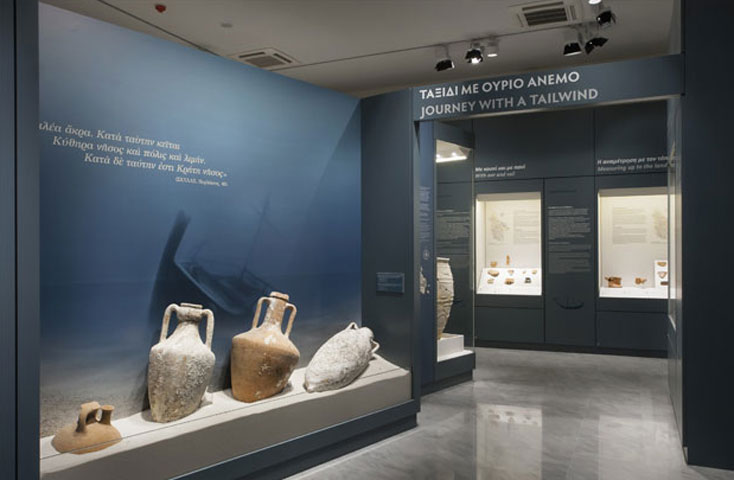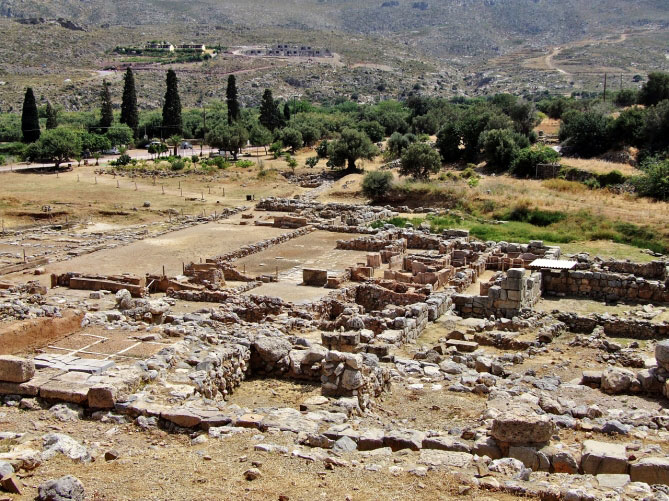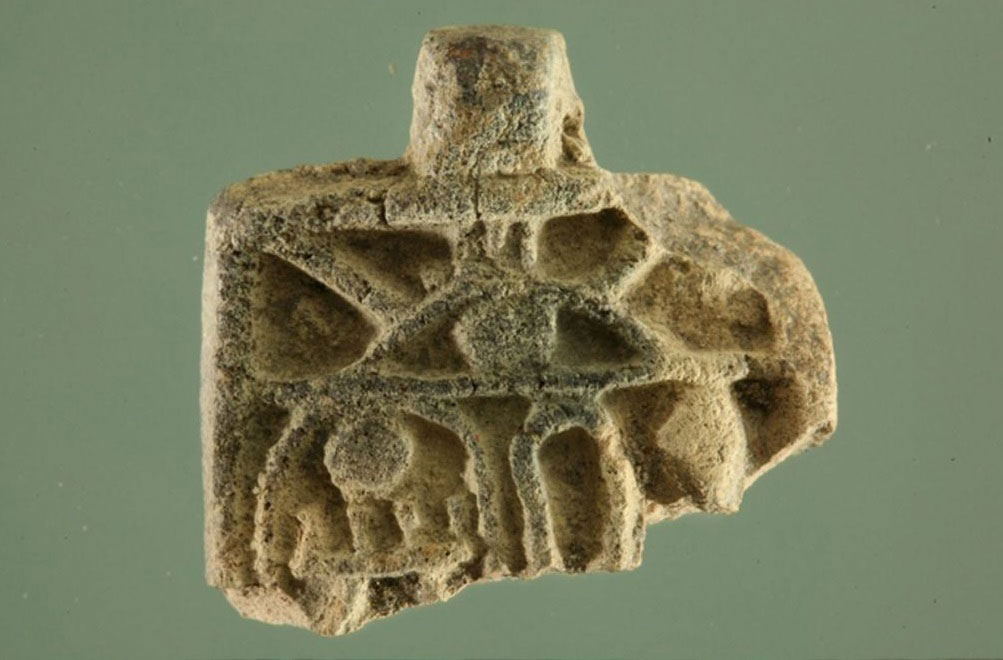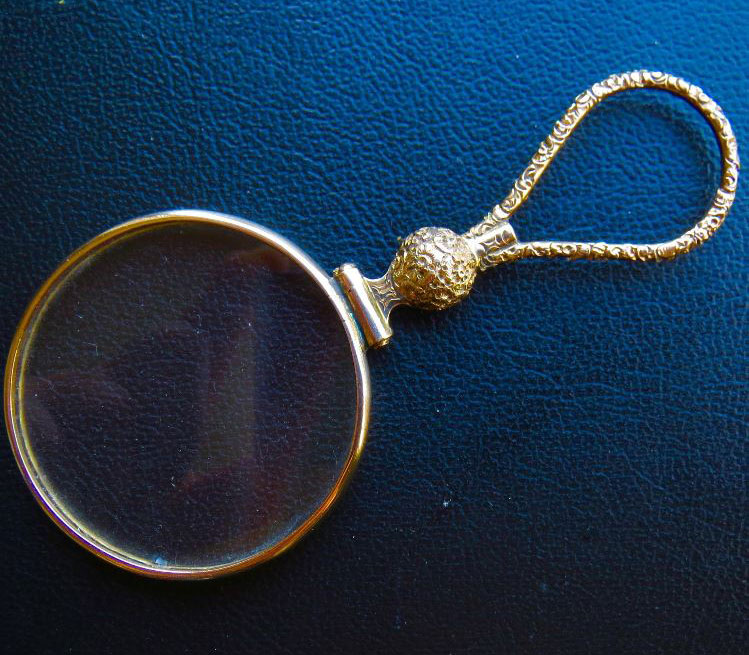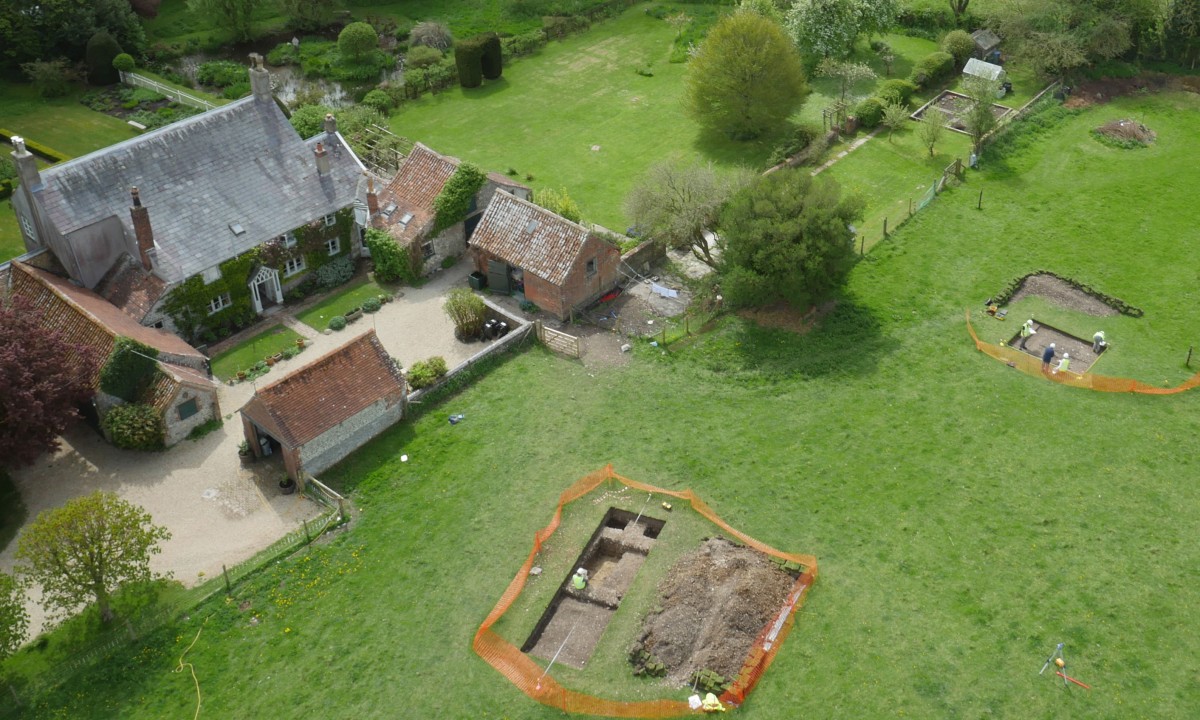Fossil of mother cradling baby
Archaeologists in Taiwan have found a 4,800-year-old human fossil of a mother holding an infant child in her arms.
Roman pseudo Venus found in England
A rare find was dug up by volunteer archaeologists during a rescue excavation at a property in Long Melford: A six inch tall figurine dating from the first or second century, known as a ‘pseudo Venus’.
Newly discovered titanosaurian dinosaur from Argentina
Ca. 95 million-year-old complete sauropod skull examined, possibly exceptional sensory capabilities.
Fossils may reveal 20-million-year history of penguins in Australia
Penguin history includes the 'giant penguin,' arrivals via multiple dispersals, extinctions.
Two Egyptian mummy portraits restituted
The Institute of Archaeology of the University of Zurich restituted two Egyptian mummy portraits from the 1st to 2nd century AD to the heirs of Berlin publisher Rudolf Mosse (1843-1920).
European Museum Academy Annual Meeting and EMA Awards Ceremony
The European Museum Academy Annual Meeting and EMA Awards Ceremony will take place on the island of Lesbos from 19 to 21 May 2016. Read the EMA Statement about the reasons Lesbos was chosen as this year's conference venue.
Testing the mysterious hairdo from Romsey Abbey
For the past few months, Oxford University scientists have been testing a full head of hair found in a lead coffin in Romsey Abbey (Hampshire) in 1839.
Thoughts about the interpretive significance of Hellenistic Panathenaic Amphorae
The lecture is dealing with the resulting methodological problems and raises the question how reliable the Panathenaic amphorae of the late period are with regard to further interpretations and a better understanding of the Hellenistic period.
Study shows dinosaur families chose to exit Europe
Researchers have used ‘network theory’ for the first time to visually depict the movement of dinosaurs around the world during the Mesozoic Era – including a curious exodus from Europe.
Ancient male population explosions linked to migration and technology
The largest ever study of global genetic variation in the human Y chromosome has uncovered the hidden history of men.
Cheerful skeleton mosaic was found in Turkey
A rather unusual ancient mosaic has been discovered by archaeologists in the province of Hatay Turkey, during excavations. The mosaic depicts a skeleton holding a drink with the inscription "be cheerful and enjoy life" in ancient Greek.
41st International Symposium on Archaeometry (ISA)
The ISA 2016 symposium is a most welcome forum to present the latest data and updates of the archaeometry research and archaeological science.
High alpine dairying may have begun over 3000 years ago
The discovery of dairy fats on ancient pottery may indicate dairying high in the Alps occurred as early as the Iron Age.
DNA proves mammoths mated beyond species boundaries
New DNA analysis shows that all North American mammoths originated from a single primitive species.
Volcanoes tied to shifts in Earth’s climate over millions of years
Volcanic activity associated with the plate-tectonic movement of continents may be responsible for climatic shifts from hot to cold over tens and hundreds of millions of years throughout much of Earth’s history.
Royal 17th century wardrobe found in the Wadden Sea
The items, which were found at the wreck of a 17th-century ship in the Wadden Sea near Texel, include a very luxurious gown that has remained remarkably well preserved.
Paleontologists find first fossil monkey in North America
Seven tiny teeth tell the story of an ancient monkey that made a 100-mile ocean crossing between North and South America into modern-day Panama.
Ancient remains of a noblewoman unearthed in Peru
The skeletal remains of a 40-year-old woman who died about 4,500 years ago were found at the archaeological site of Aspero, located on the Peruvian coast, near the ancient city of Caral.
The Archaeological Museum of Kythera reopens its gates
After nine years of closure, the Archaeological Museum of Kythera opens its gates to the public, fully renovated and with a modern exhibition space.
Sealing practices in Minoan Kato Zakros
In the next Minoan Seminar, to be given tomorrow, April 22, 2016, by Dr Maria Anastasiadou (Co-supervisor of the CMS archive, Heidelberg) the preliminary results of a new study of the impressed nodules from Kato Zakros.
The Faliron “prisoners” will be preserved in situ
The “prisoners” revealed at the Faliron Delta, during works of planting trees for the Stavros Niarchos Foundation Cultural Centre, won’t be backfilled, but preserved in situ.
Rare Egyptian amulet with name of Ancient Pharaoh found
A rare amulet more than 3,200 years old bearing the name of the Egyptian ruler Tuthmose III, Pharaoh of the Eighteenth Dynasty (who reigned from 1479-1425 BC) has been discovered at the Temple Mount Sifting Project located in Jerusalem’s Tzurim Valley.
Victorian Age technology can improve virtual reality
Virtual and augmented reality have the potential to profoundly impact our society, but the technologies have a few bugs to work out to better simulate realistic visual experience.
Unique Roman villa accidentally found in Wiltshire
The remains of a Roman villa have been discovered under a Wiltshire home and its garden, when the owner tried to lay cables under the barn.
